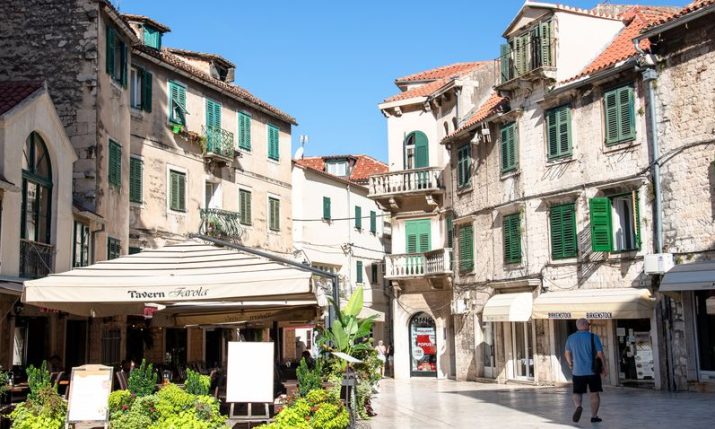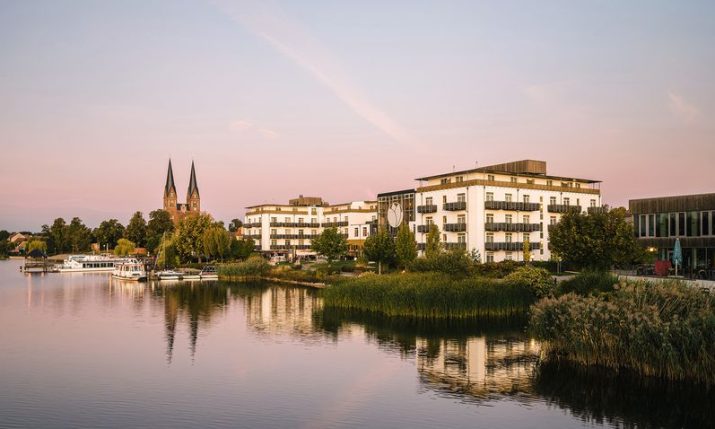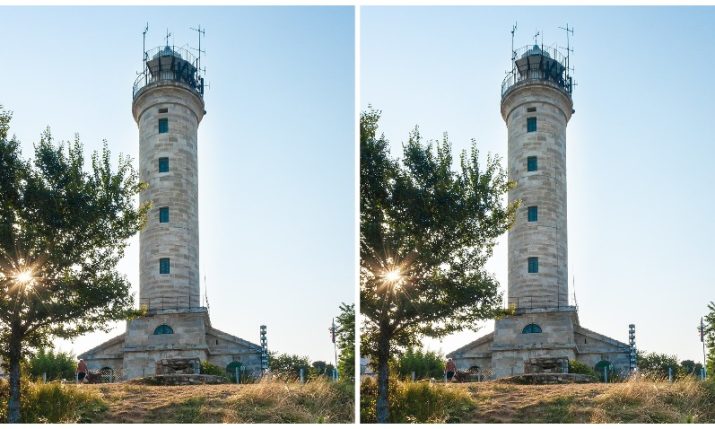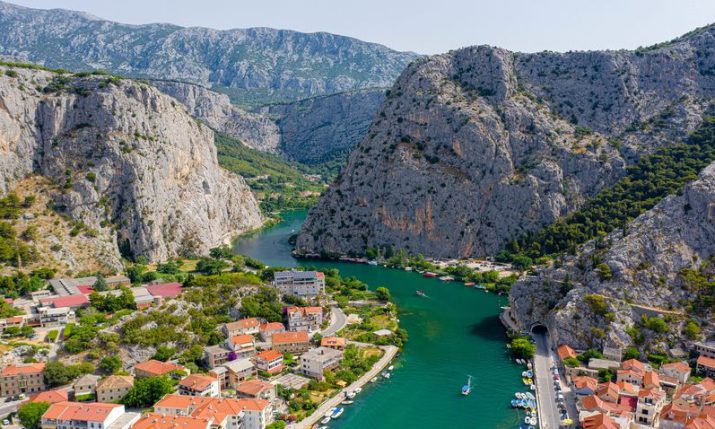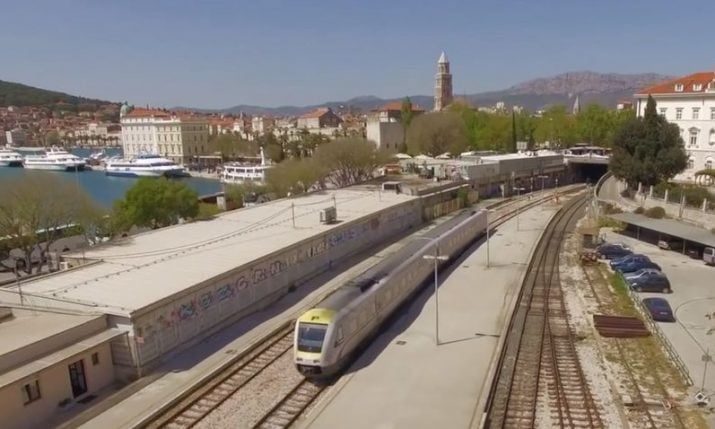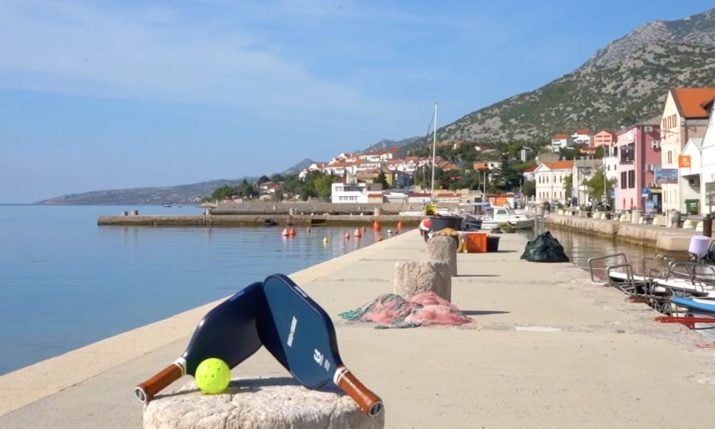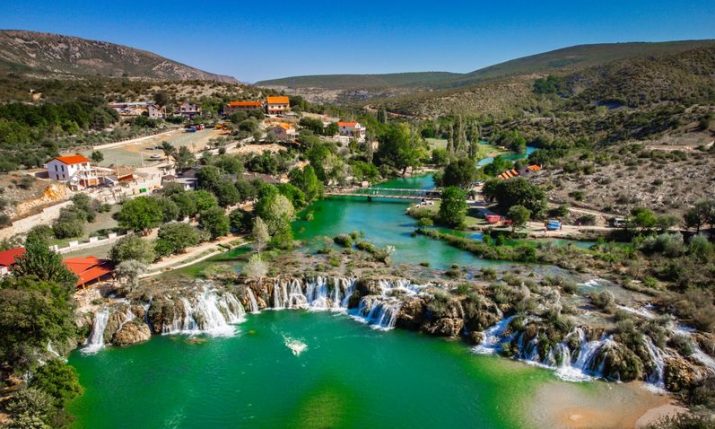Split second in Europe for short-term rentals, economic boom or local burden?
- by croatiaweek
- in News
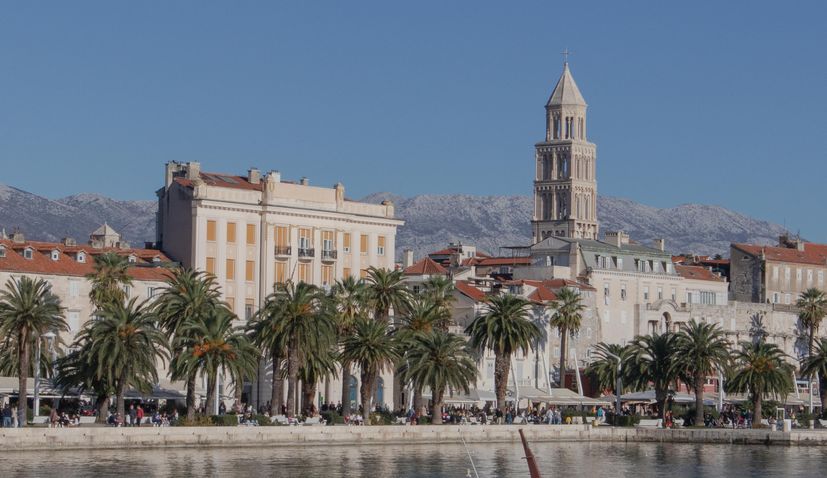
Split second in Europe for short-term apartment rentals per capita
Airbnb, the global online platform for renting accommodation, has revealed that the average host in Croatia can earn a daily rate of €107 by renting out a three-bedroom apartment to tourists, Slobodna Dalmacija reports.
Furthermore, Airbnb’s statistics show that the Croatian cities of Split and Dubrovnik offer the highest return on investment for accommodation services.
Dubrovnik and Split are part of the group of Croatian cities with the highest occupancy rates, according to calculations by one of the most popular global online platforms for renting accommodation.
In Dubrovnik, the annual income is approximately €39,490 with an average occupancy rate of 44%. Meanwhile, hosts in Split earn €13,718 in the same period, with an average occupancy rate of 46%.
Airbnb encourages potential real estate investors to invest in properties aimed at tourists in the Diocletian city, noting that Split is one of the very desirable areas in Croatia that has a shortage of suitable units, and that returns in this area are experiencing solid capital growth.
However, tourism’s impact on the city has both positive and negative consequences for the quality of life of the local population. Split citizens have witnessed a summer tourist invasion and an even more pronounced winter slump in the apartment-filled city center in recent years.
At the same time, real estate prices in the entire Split area are soaring, as apartmentization or the conversion of residential buildings into tourist units for short-term rentals becomes more widespread.
Professor Ana Rimac Smiljanić, a professor at the Faculty of Economics, University of Split, told daily Slobodna Dalmacija that the growth of short-term rental properties for tourists leads to economic progress in the area but also causes a series of negative consequences for the lives of local residents.
“The increase in purchase and sale prices and the rental of residential real estate, and in general their inaccessibility to the local population for long-term housing, are some of them. Today, in Split, there are about 7,000 residential properties for rent to tourists, which represents about 9 percent of the city’s total housing stock. For the local population, living in the city becomes unaffordable and they move to the surrounding, cheaper settlements and cities,” says prof. Rimac Smiljanić saying that the population growth in the ring around Split, for example, in Kaštela, Solin and Podstrana, is a consequence of the touristic success of Split based on the apartment building of residential real estate.
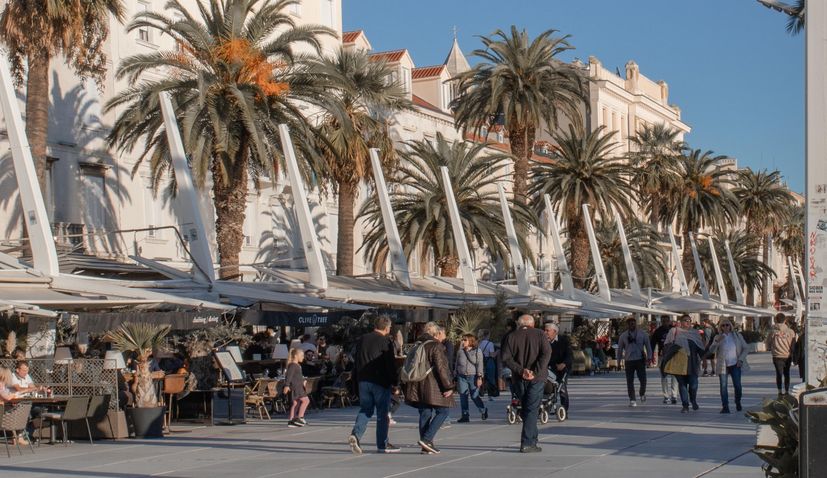
Split
Professor Rimac Smiljanić says that he problem of emigration is particularly visible in the districts the centre of Split, Varoš and Lučac-Manuš, which lost 40 to 50 percent of their population from the 2001 census to the 2021 census.
“A walk through these neighbourhoods in winter evokes this problem more strongly than the above figures. Those areas of the city are slowly losing the basic feature of the settlement – permanent housing. According to the results of a global survey, Split is the second city in Europe in terms of the number of residential real estate in the function of short-term rental per capita,” the professor states, adding that Split is only second to Batumi, which is the second largest Georgian city located on the coast.
Marbella is in third place, followed by Venice, Florence, and Lisbon.
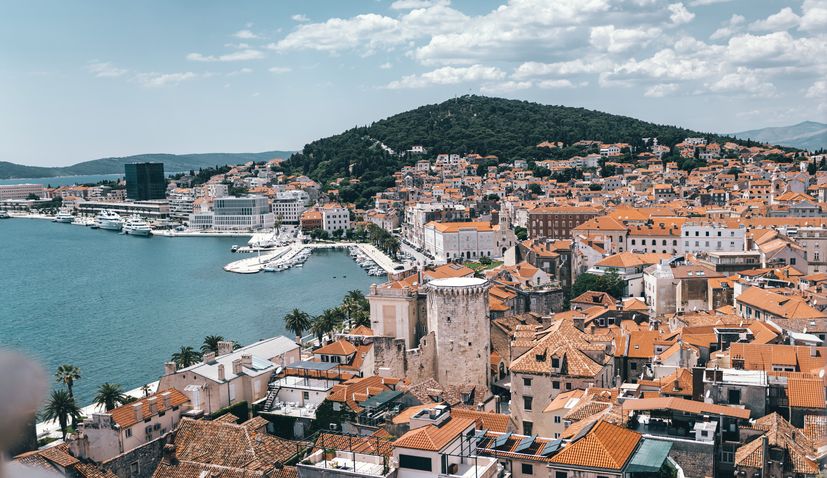
Split
This phenomenon is not unique to Split, as apartmentization is a global trend spurred by technological innovation, i.e., the emergence of online platforms that cheaply and easily connect property owners and tenants. Airbnb is a leader in this trend, and its impact on cities worldwide has been significant.
“The problems are also present in other tourist cities in the world, such as Barcelona, Paris, etc. Due to the negative impact on the life of the local population, the mentioned cities began to develop measures to limit the rental of residential properties to tourists, Professor Rimac Smiljanić concluded.

